Disable drone
DE M-SHORAD armed vehicles use the latest upgrade of the Stryker armored vehicle, which is capable of protecting against improvised explosive devices (IEDs) and mines.
In addition, Stryker is also equipped with an integrated generator for the laser gun system, a device to detect and destroy airborne attack targets.
The above equipment forms a closed self-defense system, which can both launch attacks and defend other mechanized units such as armored vehicles and tanks.
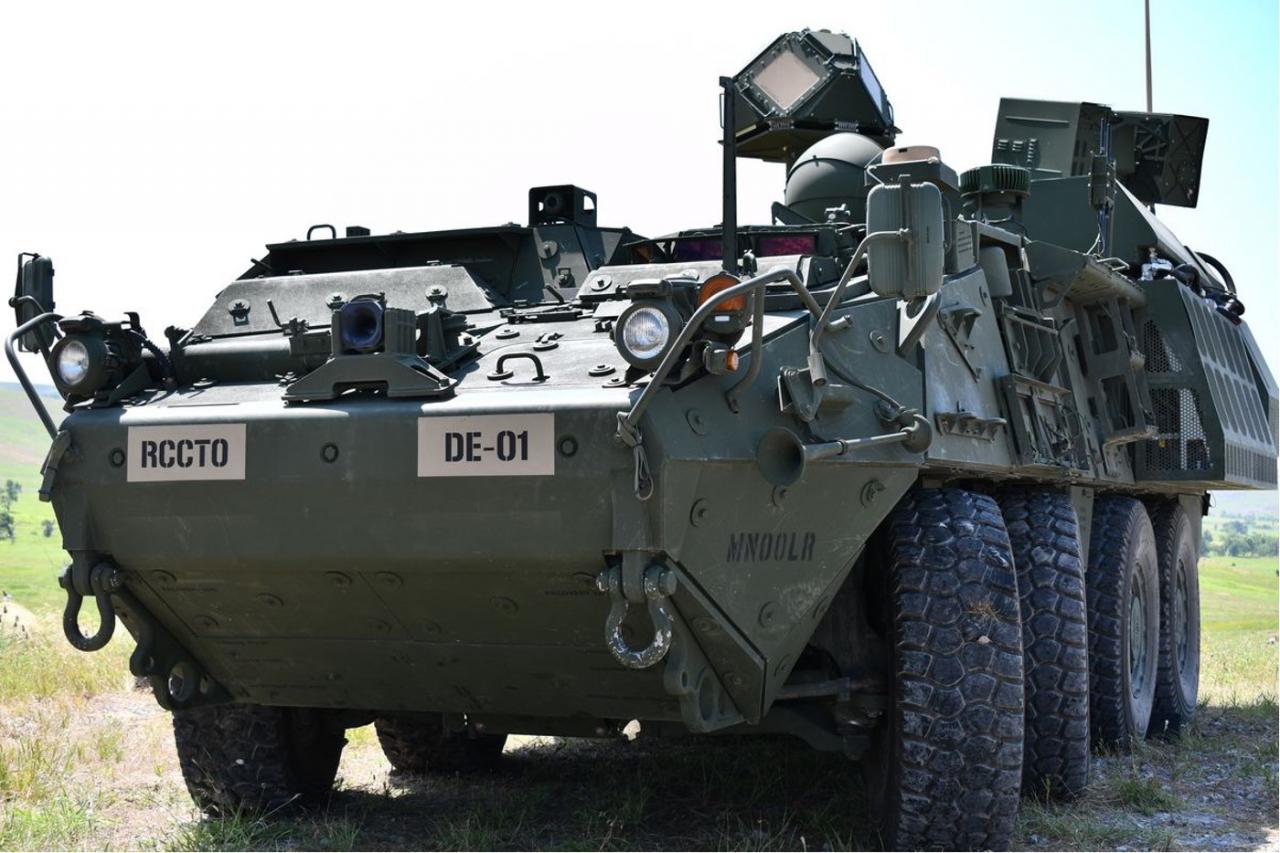
The laser weapon system on the DE M-SHORAD works by focusing a high-intensity, hot laser beam on the target. The laser will burn the wings or engines of the drone, thereby destroying the structure and destroying the target.
With the heat, the drone's circuits quickly melted, disabling the control camera commonly used on drones using fuel engines.
Shoot down rockets and mortars
DE M-SHORAD is designed to support mechanized combat units such as Abrams tanks, Bradley fighting vehicles or Stryker infantry fighting vehicles with air defense missions, quickly shooting down enemy drones.
The system can also defend against enemy artillery strikes and was demonstrated in a test in May 2022, when it was able to shoot down several types of rockets and mortar shells.
One of the notable features of DE M-SHORAD is that it can shoot down enemy artillery shells, something that no other country's army has been able to do.
While technically feasible, using expensive guided missiles to shoot down conventional artillery shells makes deployment impractical.
Israel's Iron Dome defense system uses missiles worth $40,000 to $50,000 just to shoot down missiles that cost about $300 to $800 each.
Although expensive, it is worth it, since most of the targets this system protects are stationary civilians with no other means of defense.
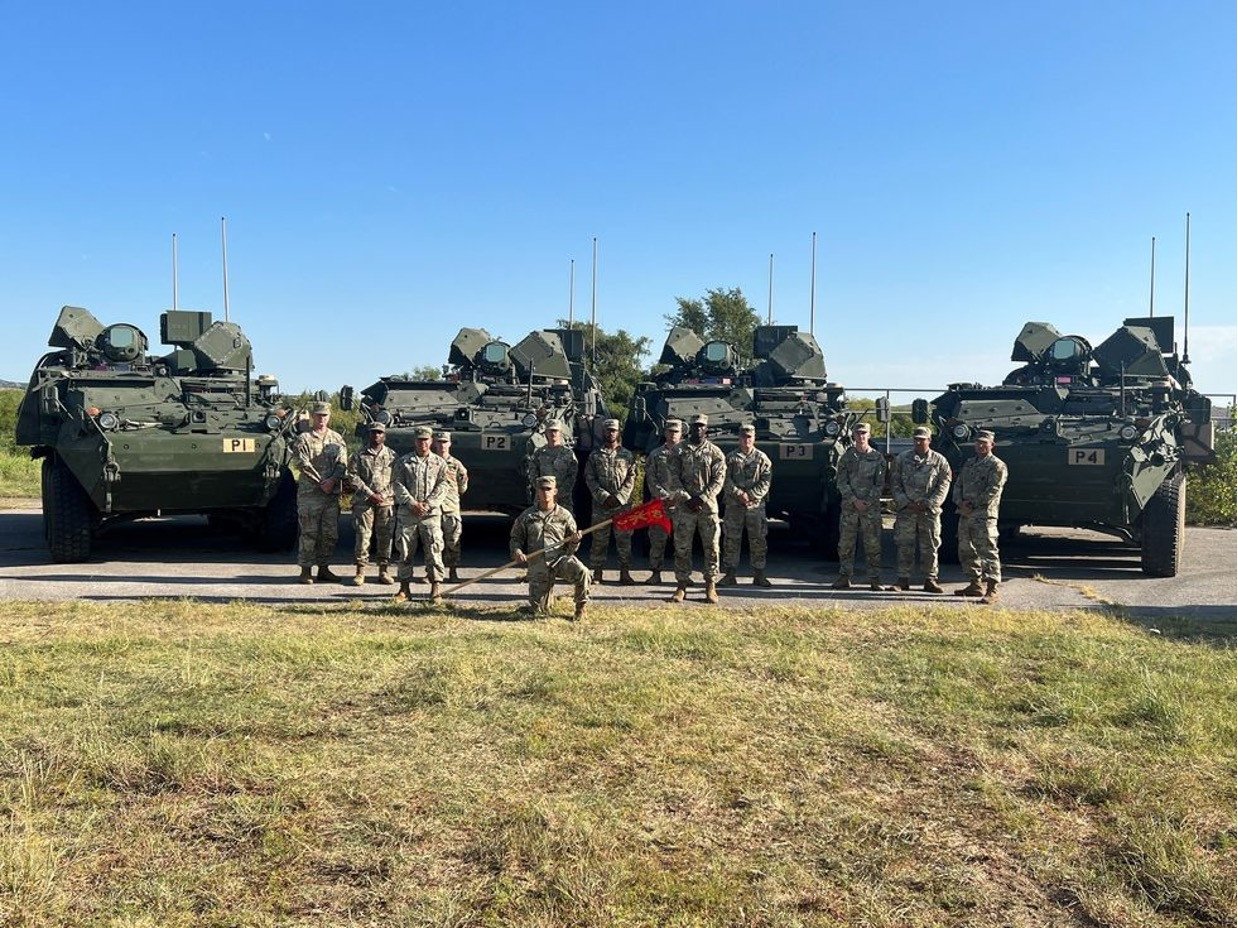
Although the upfront cost of purchasing the DE M-SHORAD is relatively high, the cost of deploying the attack is only equivalent to the cost of diesel fuel to run the generator that powers the laser system.
This also means that unlike gun or missile systems that are limited in their attack capabilities, the DE M-SHORAD only needs to be supplied with enough fuel to run its generator, in order to be able to continuously operate.
Lessons from conflicts in Europe and the Middle East
In addition to the four units officially in service, the US has not announced the number of DE M-SHORADs that will continue to be produced. However, in the context of drone attacks destroying a series of modern main battle tanks in Ukraine and Israel, drone defense is a top priority for NATO and the West.
Recently, a $500 drone carrying an $800 PG-7V anti-tank missile successfully disabled a $4 million Merkava IV tank.
This is proof that drones can completely destroy the tanks of the most advanced, professional army.
Drones are exerting their undeniable menace on the battlefield in increasingly complex and dangerous ways: they are increasingly cheap and easy to deploy in large numbers.
To counter drones, a weapon that can engage quickly and at low cost is really needed and the DE M-SHORAD could be the solution.
(According to PopMech)
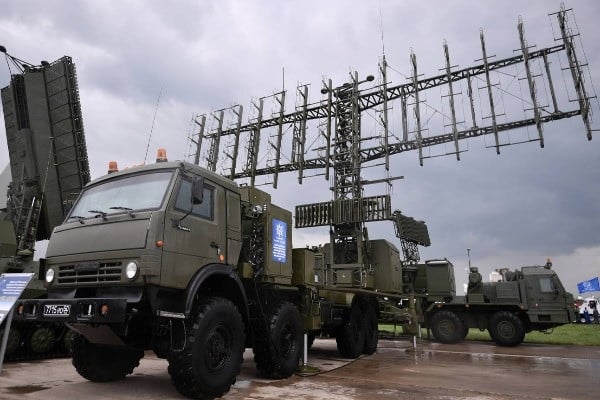
Russian electronic warfare makes the US and its allies "startled"
The Russia-Ukraine conflict has forced the US and the West to re-evaluate their electronic warfare capabilities, which have been "forgotten" over the years.
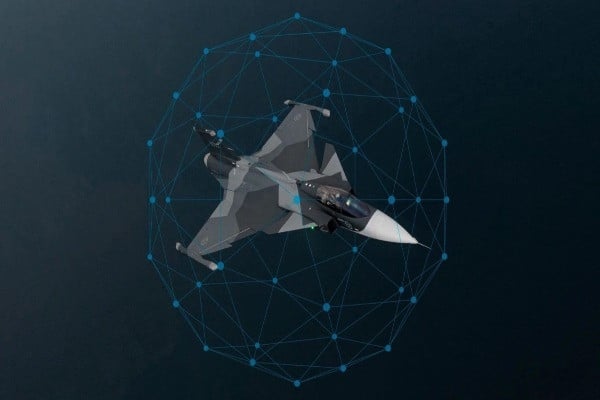
German Air Force deploys electronic warfare system with integrated self-aware AI
The German Air Force will equip its Eurofighter jets with a self-aware AI-powered electronic warfare system.
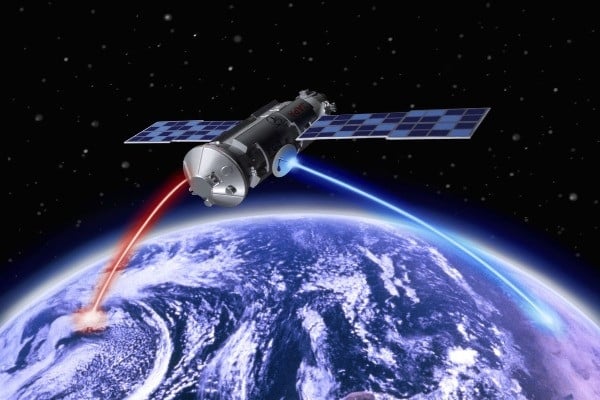
Electronic warfare 'ineffective' against laser energy transmission technology
Electronic warfare cannot jam or interfere with the transmission of energy using laser technology being researched and developed by the US military.
Source



![[Photo] Prime Minister Pham Minh Chinh chairs the meeting of the Government Party Committee Standing Committee](https://vstatic.vietnam.vn/vietnam/resource/IMAGE/2025/8/23/8e94aa3d26424d1ab1528c3e4bbacc45)

![[Photo] General Secretary To Lam attends the 80th Anniversary of the Cultural Sector's Traditional Day](https://vstatic.vietnam.vn/vietnam/resource/IMAGE/2025/8/23/7a88e6b58502490aa153adf8f0eec2b2)








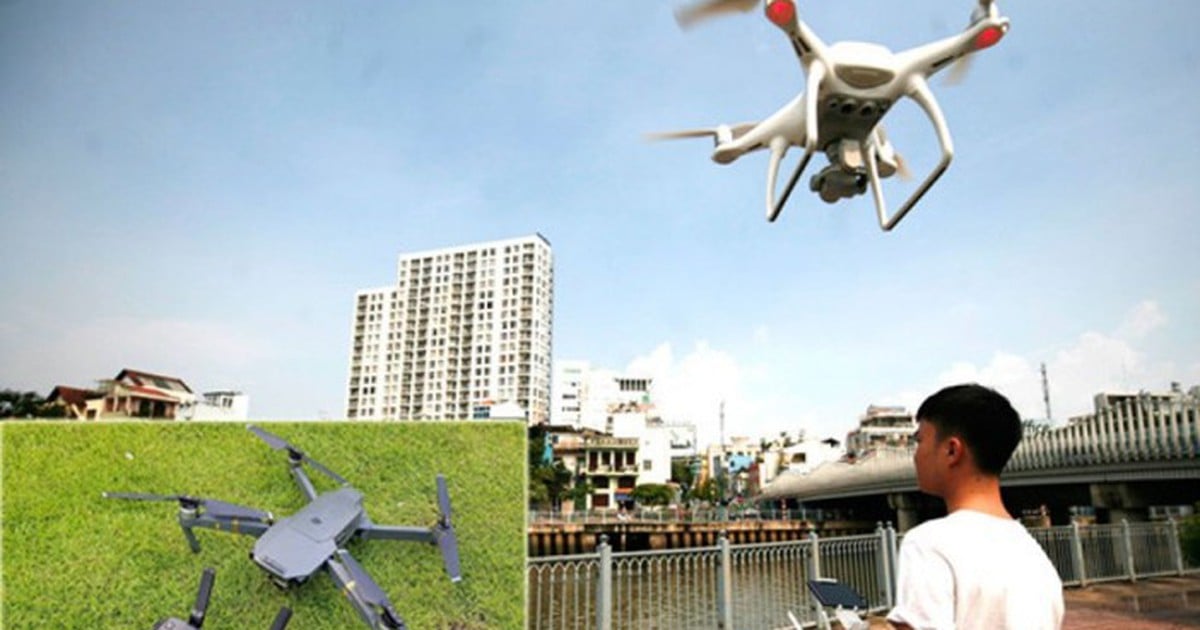







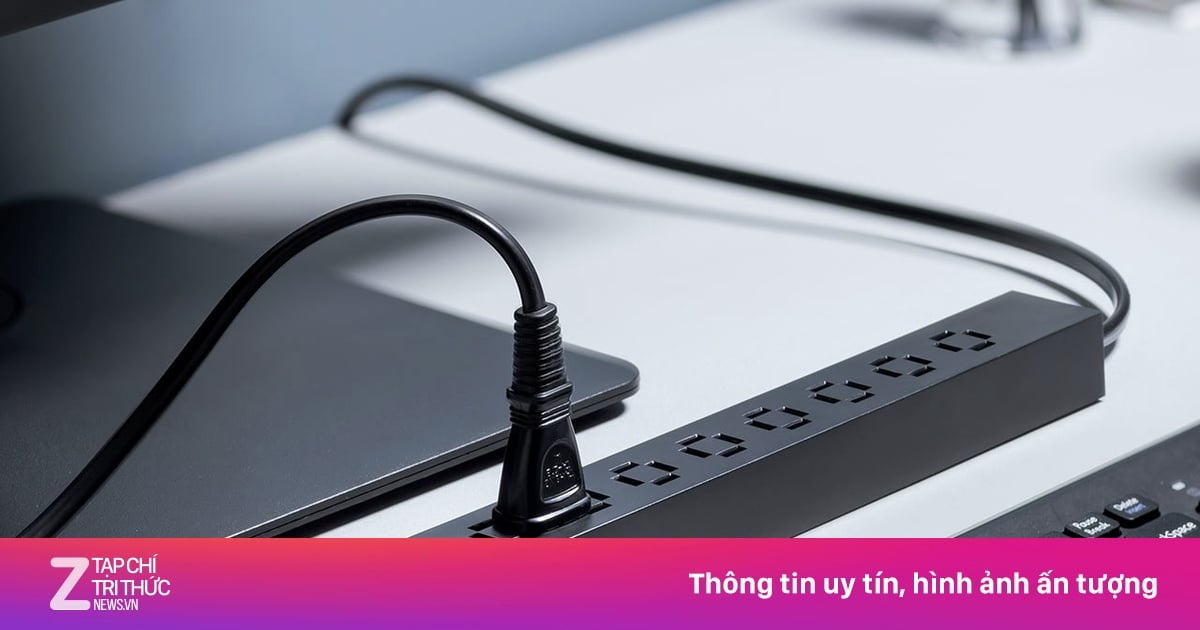


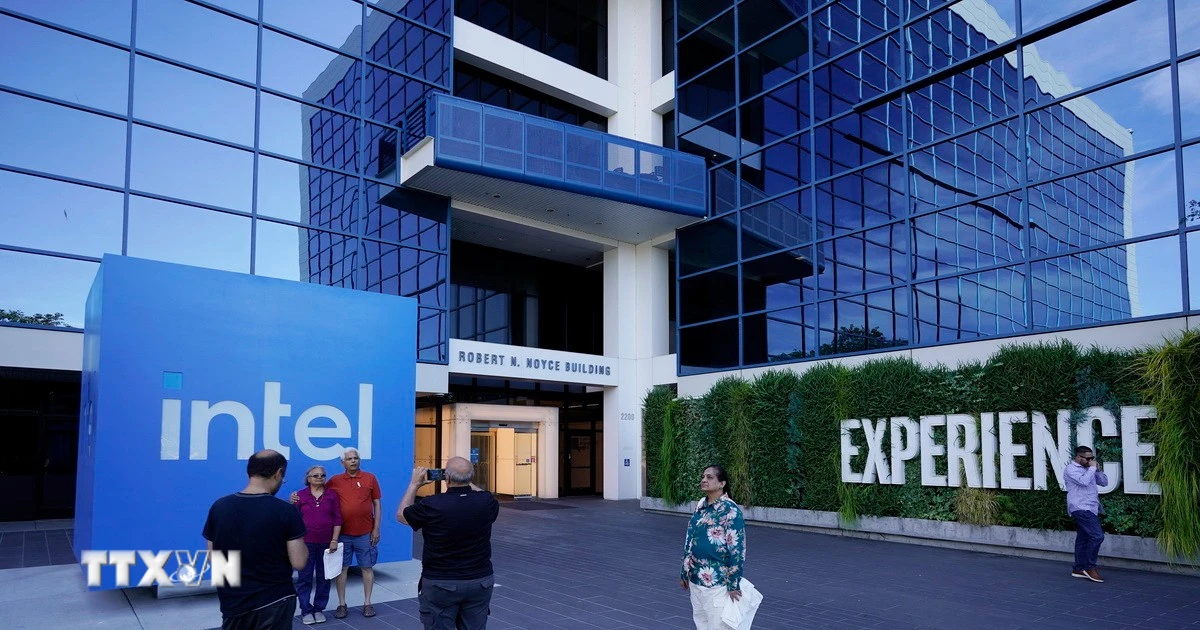











































































Comment (0)